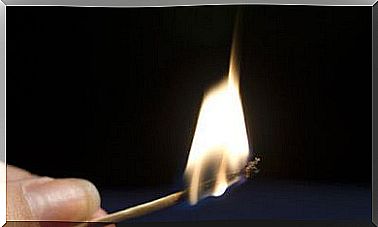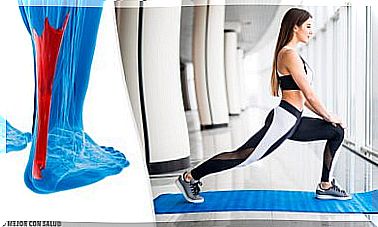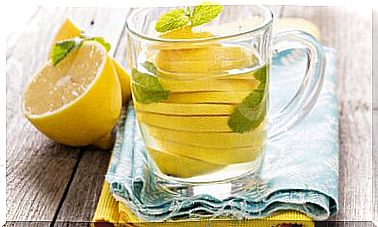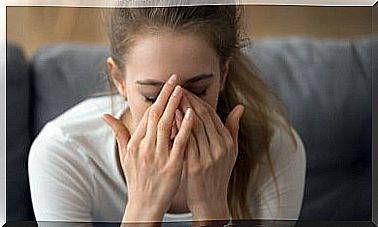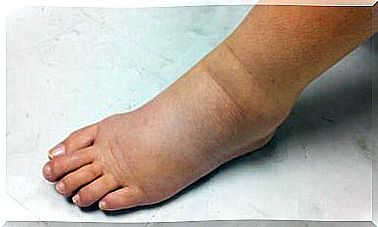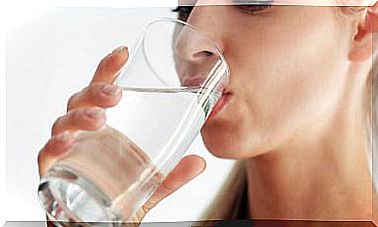Different Types Of Mastitis And Their Characteristics
Mastitis is a condition that can cause inflammation and pain in the breasts. Often its origin is infectious and occurs during lactation. However, it can also occur during menopause. We tell you more about it in this space.
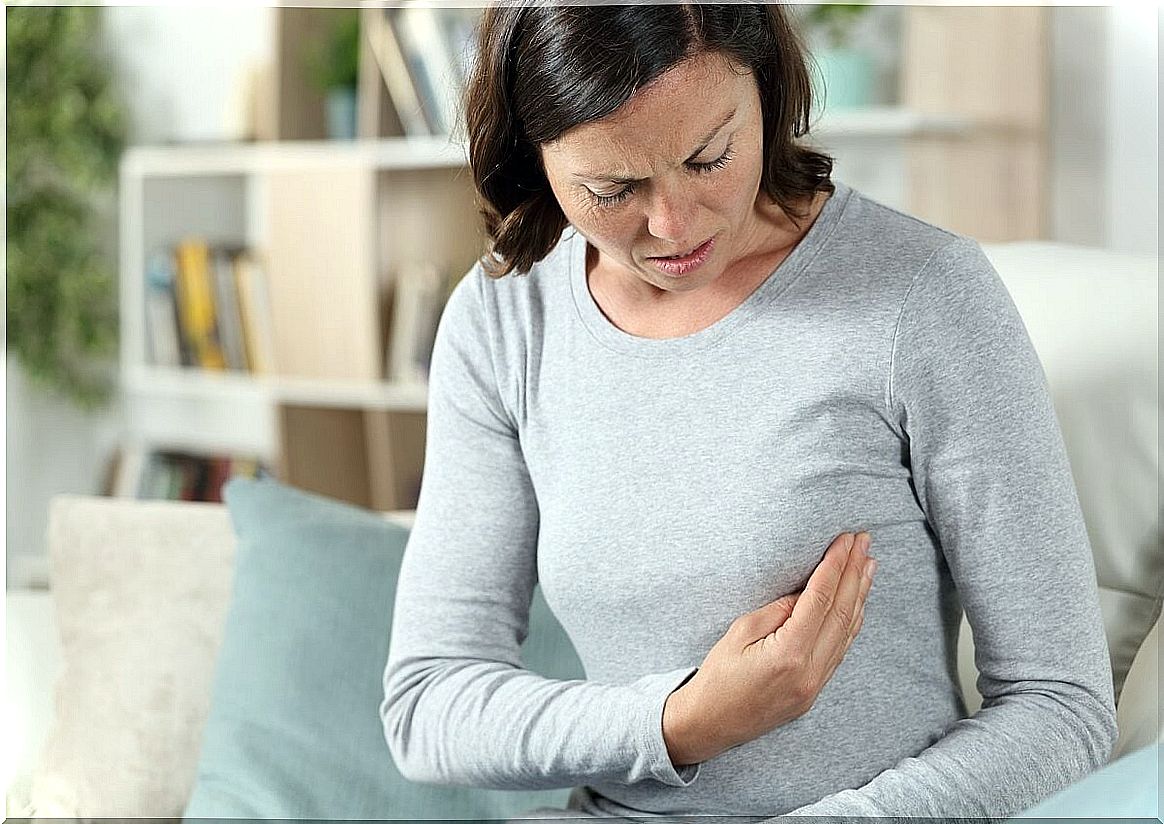
There are different types of mastitis; however, whatever the class, it is often a painful and frustrating experience for a mother who is in the process of breastfeeding her child. This condition, in fact, is one of the main causes of abandonment of breastfeeding.
What are its consequences? What is most worrying is that both mother and baby suffer from the effects of mastitis. The mother from the psychological and health point of view, and the child because he is exposed to a greater risk of morbidity and mortality.
Thus, it is a problem that should be paid attention to, especially if it manifests itself severely. Next, we explain what its characteristics are and what treatment is recommended for each type.
What is mastitis?
There are several definitions of what mastitis is. In most of them, however, the words inflammation and infection of the mammary glands are always present. It is a condition that usually affects women who are breastfeeding; however, there is also a non-lactating form of mastitis.
Regarding the etiology of mastitis, the first cause is milk retention, followed by infection. Breast milk contains substances that, by staying in contact with the mammary gland for some time, can trigger the inflammatory and infectious response.
The incidence is relatively high; about 10% of breastfeeding women may suffer from mastitis. In addition, it is almost always unilateral, although it can occur in both breasts. It usually occurs in the first three months after delivery, between the second and third weeks.
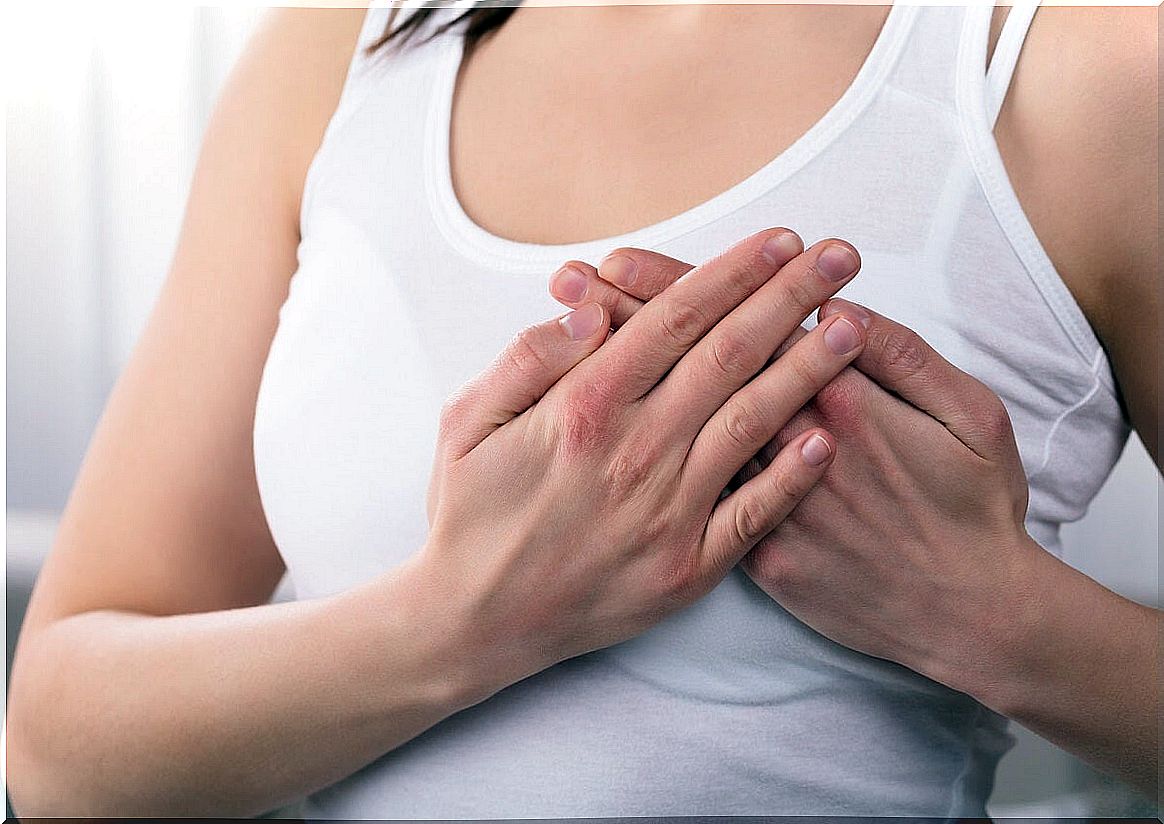
Types of mastitis
As we already discussed, there are several types of mastitis. The most common are typical, subacute or subclinical, and recurrent. There are others less frequent, such as tuberculous or granulomatous. In the following space we address them in detail.
Typical mastitis
Typical mastitis is characterized by the full development of the infection. Therefore, it presents a clinical picture with most of the symptoms. Among these, the following can be observed:
- Fever up to 39-40 ° C, with eventual chills.
- Decay and joint pain.
- Swelling; feeling of turgidity.
- Pain on contact, both in the nipple and in the breast in general.
- Visible redness
- Warmth sensation.
- Thickening of the skin in the areola.
- Formation of small subcutaneous lumps.
- Injuries to the nipple.
- Irritation and cracking of the nipple and areola.
Treatment for typical mastitis targets both the infection and the symptoms. In this sense, antibiotics are recommended for 7 to 10 days. In addition, pain relievers, anti-inflammatories, or antipyretics can be used.
Subacute or subclinical mastitis
- There is pain, moderate to severe.
- There may be cramps or a feeling of pain.
- There are no external symptoms, such as redness; although yes hardening.
- It can be diagnosed by laboratory test (culture).
- For its treatment, the consumption of probiotics is recommended. In addition, the person can perform massages and stretching of the pectoral area.
Recurrent mastitis
- It refers to the occurrence of several episodes of mastitis during breastfeeding of the same child.
- It can be caused by late, inadequate or non-compliance with treatment.
- The lack of correction in breastfeeding technique also affects.
- Sometimes an underlying pathology is present, such as cysts or tumors.
- Another possible cause is infection with Candida albicans.
- In this case, the treatment is with antibiotics. Also, pain relievers are prescribed.
Mastitis without lactation
- It is also known as periductal mastitis. Its cause is unknown, although it is associated with women who breastfed for a short time. Similarly, it is linked to menopause, as it occurs in women whose ages range between 45 and 55 years.
- It most often affects the nipple, but sometimes the entire breast.
- Its symptoms range from inflammation, irritation and redness, to heat in the area, pain, itching and the presence of lumps.
- It is detected by ultrasound.
- Treatment is with antibiotics, anti-inflammatories, pain relievers, and creams. Certain cases may require surgery.
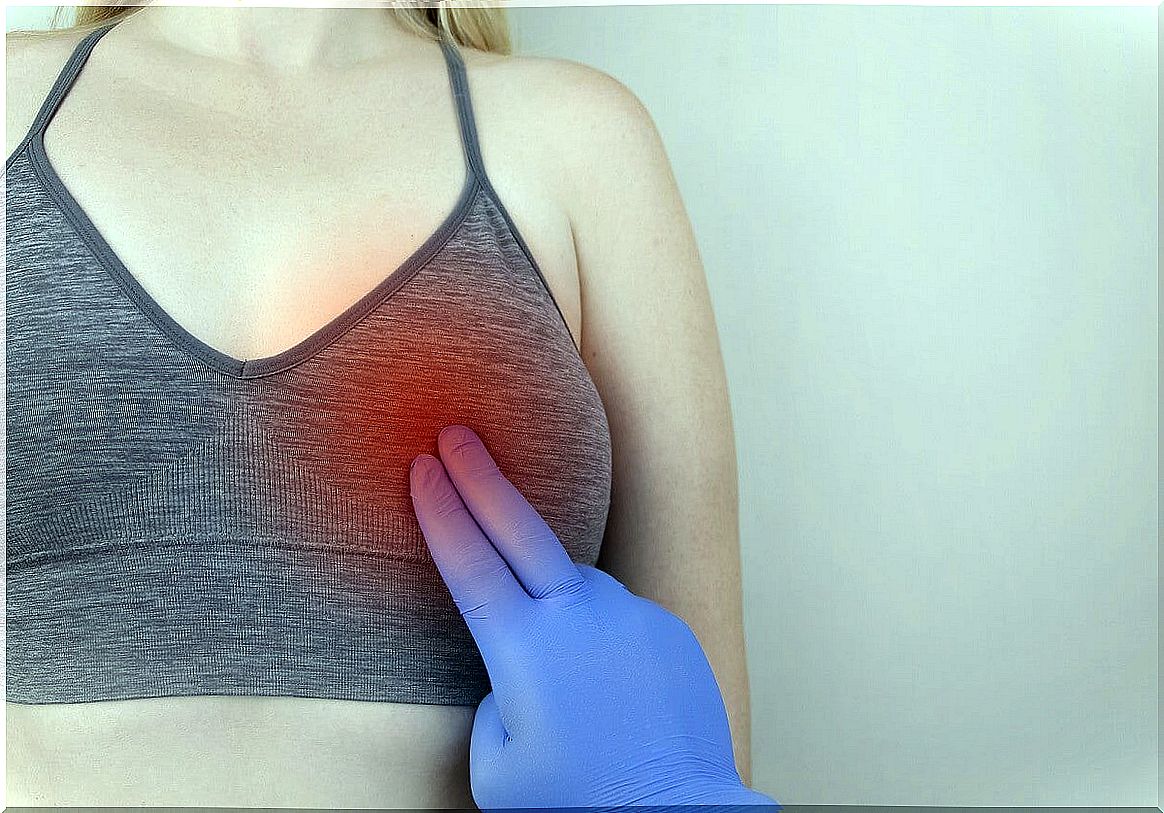
What to do with mastitis?
If a lactating woman suspects that she may have mastitis, she should see a doctor. However, this does not mean that you should stop breastfeeding. On the contrary, breastfeeding produces positive effects. If necessary, you can express your milk by using a device.
Other general recommendations are as follows.
- Maintain proper posture when breastfeeding.
- Massage the chest.
- Don’t wear tight bras.
Mastitis that is not treated on time or properly can lead to complications. For example, if a duct is blocked and there is a collection of pus (abscess) in the breast, surgical drainage may be required. So seeking care will be a priority.
